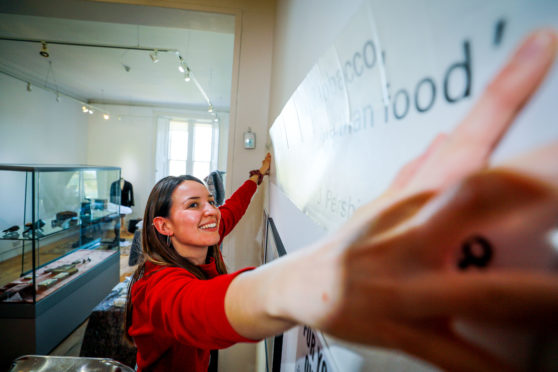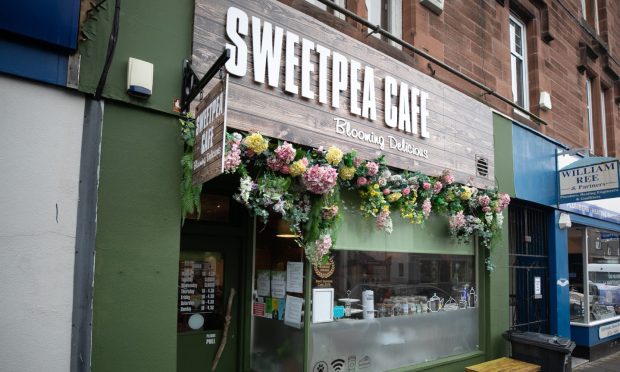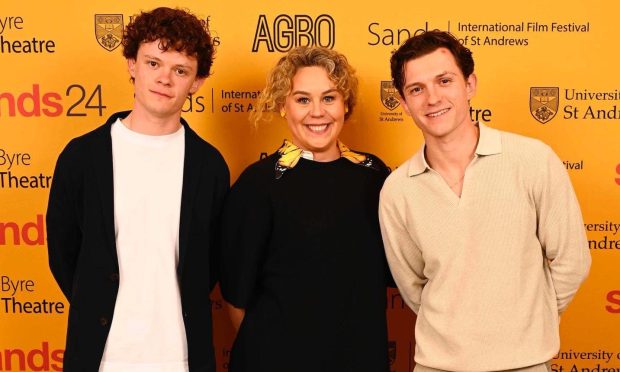An exhibition shedding light on the social changes around smoking over the last two centuries has opened its doors in Fife.
Curated by post graduates from St Andrews University and with support from experts at ONFife Cultural Trust’s museum collection and Dundee Museum, the exhibition, which opened on Saturday, entitled Up In Smoke, charts the meteoric rise and eventual fall in popularity in smoking through the generations, from heyday to health hazard.
Boasting a combination of art, objects, literature, advertising and movies to highlight smoking as a social practice from the 1800s onwards, the collection delves into a past which saw smoking as a social status symbol depicting wealth and influence while many of the exhibition’s exhibits give viewers a chance to travel back in time to see tobacco’s ‘glorious’ past as well as its eventual decline.
“Since tobacco was first brought back to Britain from the New World in the 16th century, smoking has been a hot topic,” said Léa Rangé, one of nine postgraduate students from the Museum and Gallery Studies course at the University which helped put the exhibition together.
“Its influence and how it’s consumed have evolved significantly. Once limited to the well-to-do, by the late 19th century it was a product of mass consumption, driven by innovations in production and then the demand from soldiers in the First and Second World Wars.”
Fellow student Elisa Dallanoce, from Italy, added that the curating team had worked hard to chart the changes in the public’s attitude towards smoking, which runs throughout the exhibition.
She added: “We’ve unearthed some fascinating exhibits, many from the collections in Fife and Dundee that have never been on show before, which help depict the different eras of smoking.
Up In Smoke also shows how the perception of smoking has also shifted, from its glorification in the 19th century to its vilification because of health-related issues in modern times.
However, before tobacco’s deadly side-effects were uncovered, the glamorising of smoking depicted in Hollywood movies, aided in the emancipation of women, which created a huge source of revenue for media and tobacco companies, is also explored.
From the self-portrait the famous Scottish colourist Peploe, fashionably with cigarette in hand that greets your entrance, to the pipes, snuff boxes, cigarette cases and smoking cabinets and associated paraphernalia, the public is transported back in time with an interesting choice of exhibits from bygone eras.
Up in Smoke: A History of Smoking is free and runs until June 6 at St Andrews Museum, Doubledykes Road.










